While sales is the most important type of conversion for eCommerce store owners to focus on, other types of conversions deserve your attention too.
These other types might not result in sales immediately, but they can move visitors closer to purchasing and becoming customers.
Therefore, it’s worth understanding, tracking, and optimizing these different conversion types. Doing so will help generate more sales and increase the profitability of your business.
Due to that, this article looks at the main types of conversions you should focus on when running an eCommerce store.
Your theme may even include some of these functionalities without you being aware of it!
Key Conversion Types For eCommerce Stores
An eCommerce conversion happens when a visitor takes a specific action at your store.
Ideally, this action would be making a purchase. However, as we’re about to see, these conversions can come in many other forms. Some examples include adding a product to the cart, signing up to an email list, or gaining a follower on social media.
So, while sales are the ultimate conversion at your store, there are other actions visitors can take. These conversions are important as they will usually get visitors closer to making a purchase.
After all, it’s often reported that customers need around eight touchpoints before making a sale. These touch points could come in the form of an email newsletter the potential customer receives from you, viewing one of your social media posts, or visiting your blog.
Therefore, if you can get the visitor to join your email list or follow you on social media, you can start increasing the number of times they’ve engaged with your brand, moving them towards making a purchase.
So, with that in mind, let’s look at the most important conversions at your eCommerce store. Then, we’ll briefly look at some options for monitoring and improving conversion rates.
Making a Purchase
As mentioned, sales is the big one. Without sales, your eCommerce business will fail.
However, sales isn’t the only conversion to focus on, with other options including:
Creating an Account
Enabling guest checkout at your eCommerce is recommended. Doing so reduces the number of steps in the checkout process, removing friction from the customer journey.
However, you should still give customers the option of creating an account. The main benefit is that when they return to your store, the checkout will involve even fewer steps as their details will be saved.
Asking customers if they want to create an account after checkout is a good option. If they agree, you can use the details they provided when placing their order, making the whole process much quicker.
Adding Products to a Wishlist
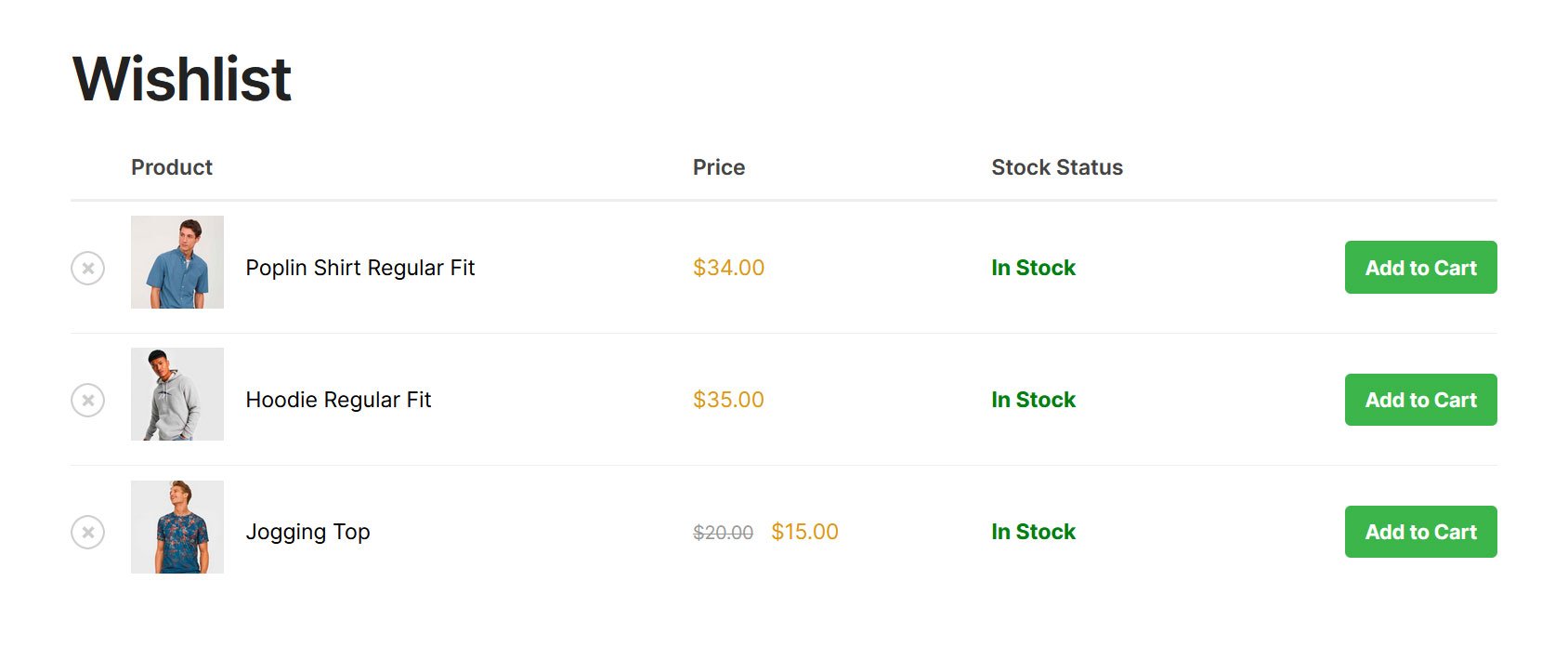
Another benefit of customers creating accounts at your store is that they can use the wishlist functionality.
Then, when they return to your store, they can quickly access all of the products they’re interested in via their wishlist.
So, if you can enable a wishlist at your store and then display the button for adding items to the wishlist prominently on your product pages, you should be able to increase conversions for this goal.
Adding a Product to Cart
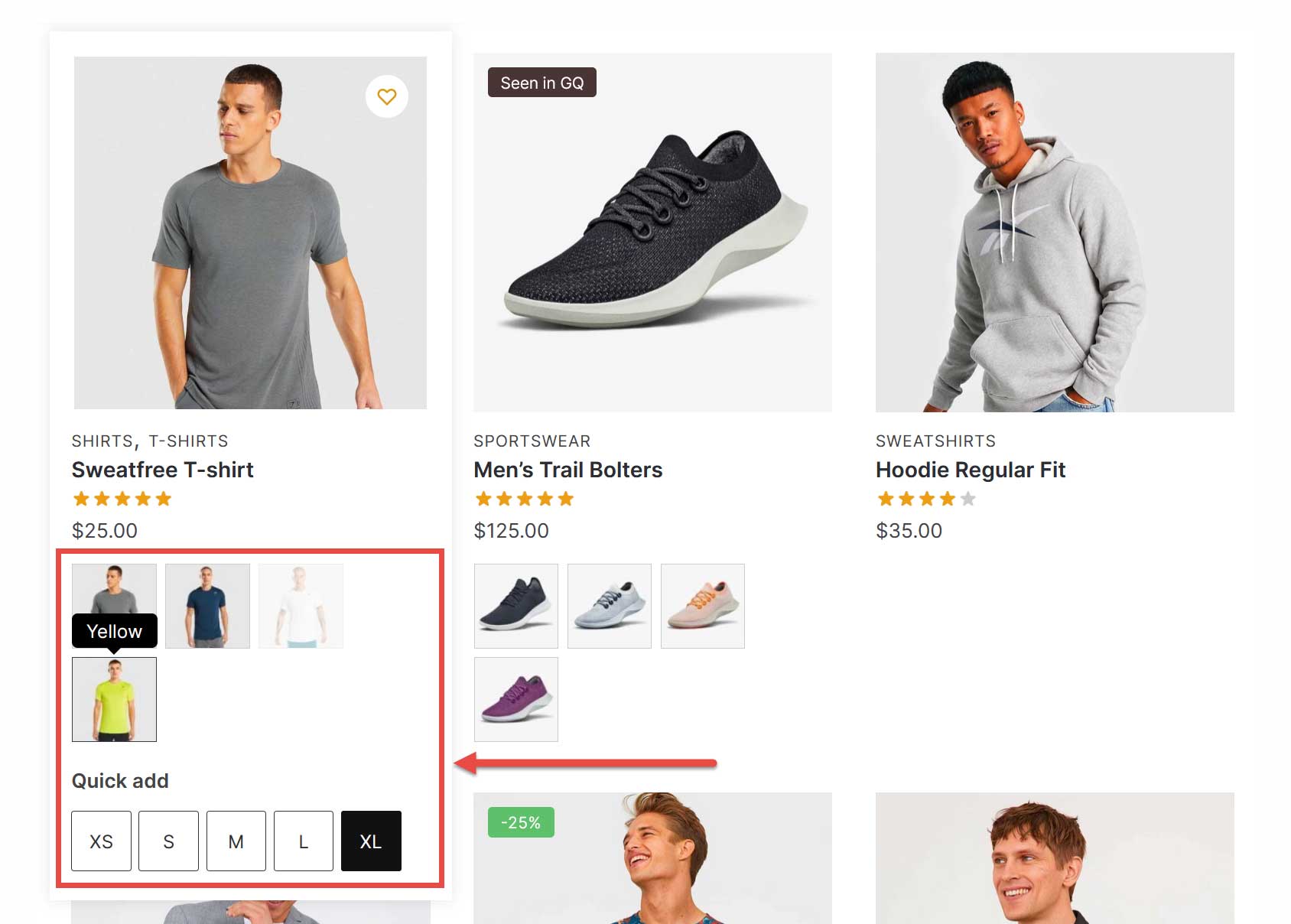
A customer adding a product to their cart should be considered a win. It’s not up there with getting a sale, obviously. However, it’s one step closer to a purchase being made.
Making it as easy as possible for customers to add products to their carts will increase the number of shoppers who complete this action.
One way to do this is to use the quick add feature. This lets customers add an item to their cart from the product archive page rather than having to click through to the individual product pages.
Another way you can increase the number of customers who add items to their carts is to create a targeted popup.
This popup could be configured so that it’s only displayed on individual product pages and is triggered when the customer has dwelled on that page for a set amount of time. The popup contents could include some incentive to purchase the item, such as a discount code.
Joining the Waitlist
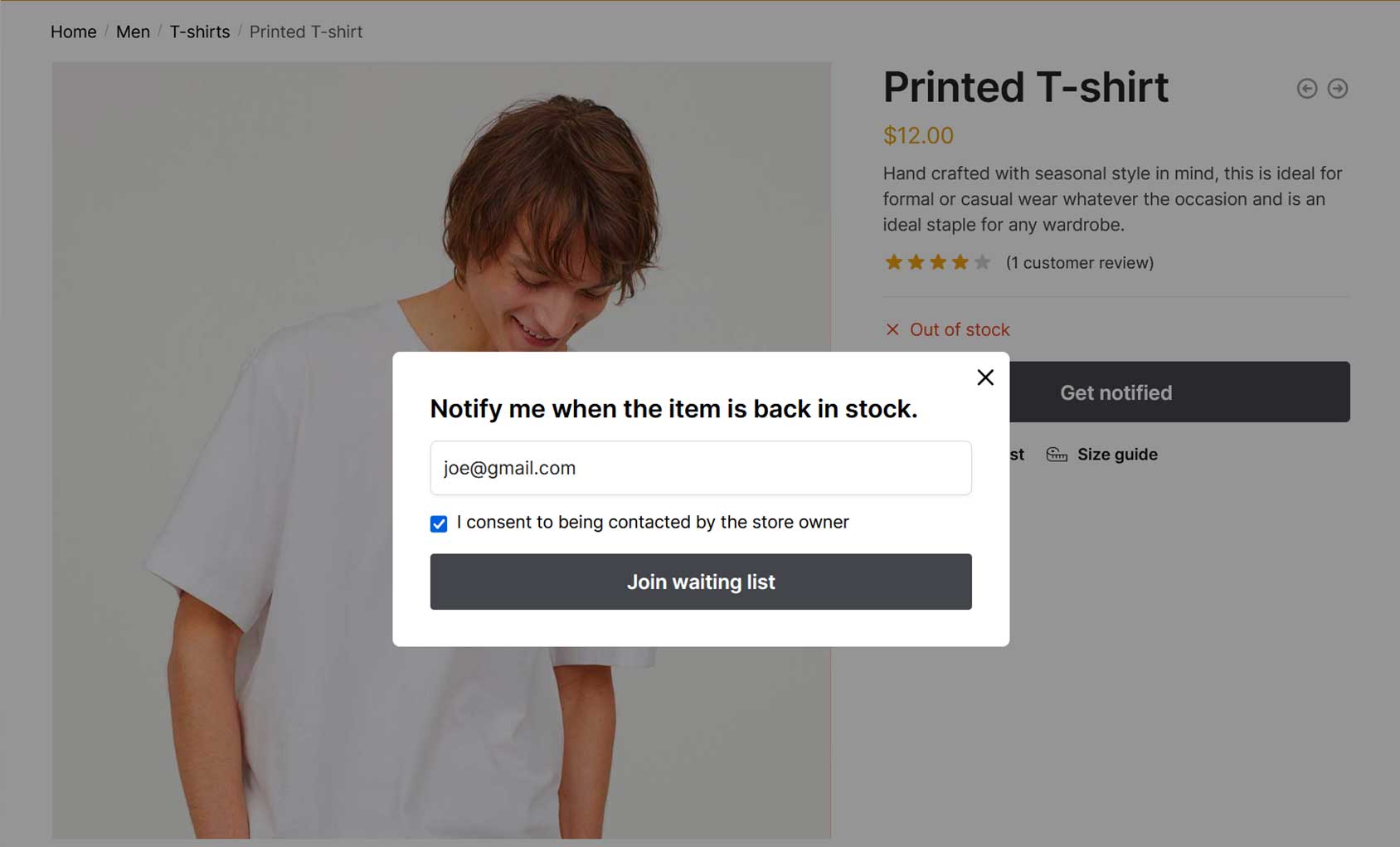
If you have products that are out of stock, getting a visitor to join the waitlist so they’re notified when the item is available is another goal you should try to achieve.
Enabling waitlist functionality also gives you the ability to gauge interest in the product. You can then make an informed decision on whether or not it’s worth restocking the product based on how many people have joined the waitlist.
When it comes to enabling waitlists at your eCommerce store, there are plugins that make doing so very straightforward. They’ll also automatically send out the back-in-stock notification emails, making the whole process hands-off.
Joining Your Email List
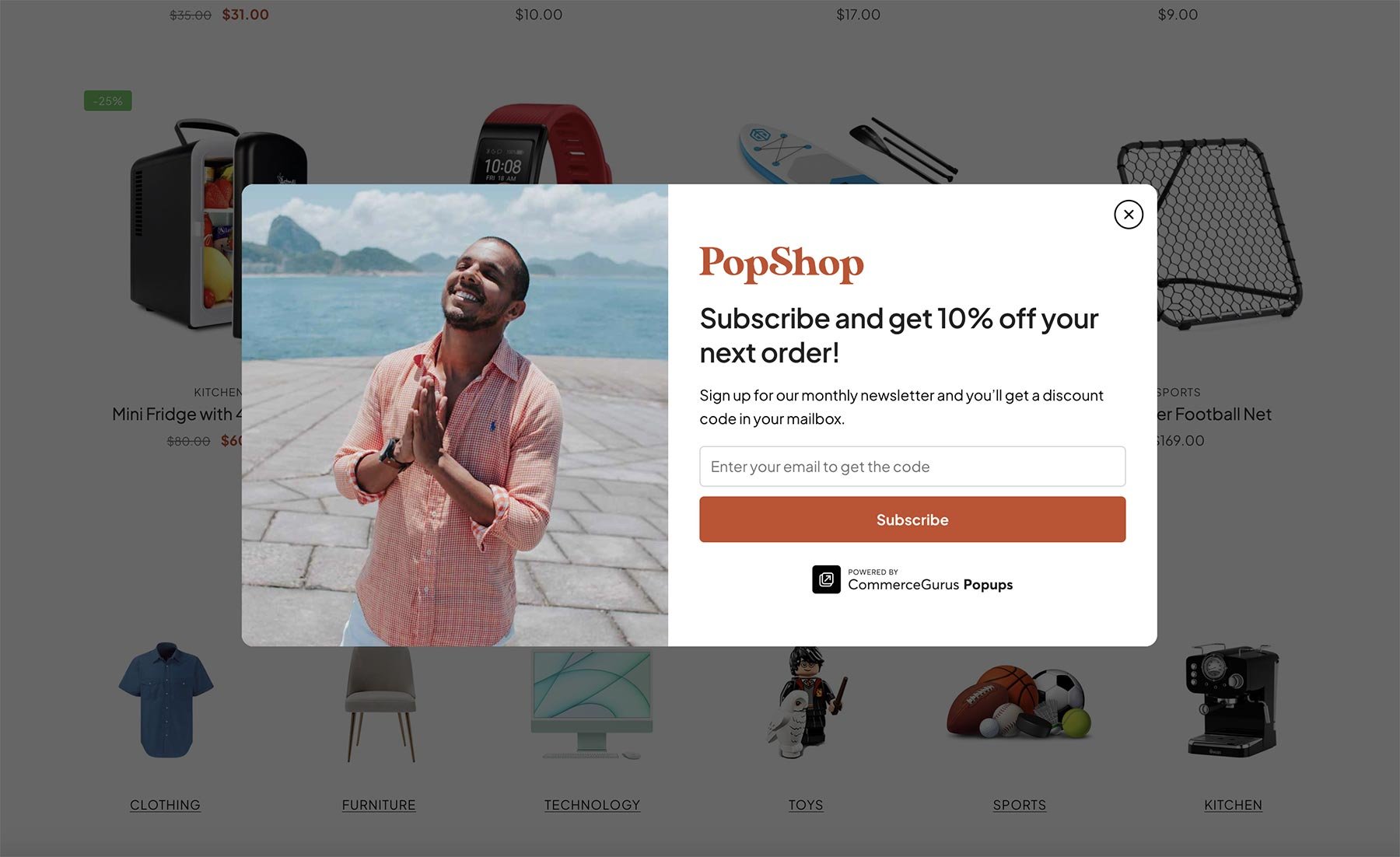
Once a visitor has joined your email list, you can tell them when new products are available. You can also let them know when promotions are running or share any other content they might be interested in.
There’s an art to sending enough emails to forge a connection with your subscribers without overwhelming them and creating a negative impression. However, if you get it right, some of these messages will count towards the touchpoints required before a visitor is ready to become a customer.
You have a few options when it comes to increasing the number of visitors who join your email list. One is to use popups to display the optin form. Providing some kind of incentive, such as a 10% discount code to subscribers, is a common tactic to increase sign-ups.
You can also add a checkbox to your checkout and account creation pages that lets visitors quickly join the list using the email address they’ve already provided.
Following You On Social Media
Getting visitors to follow you on social media helps in a similar way to them joining your email list. You can showcase your brand, share new products, and promote any sales you’re running through your social media accounts.
Your social media profiles can be promoted through popups, just like the optin forms for your email list. Prominently displaying social network icons on your site can also increase followers.
How to Monitor eCommerce Conversion Rates
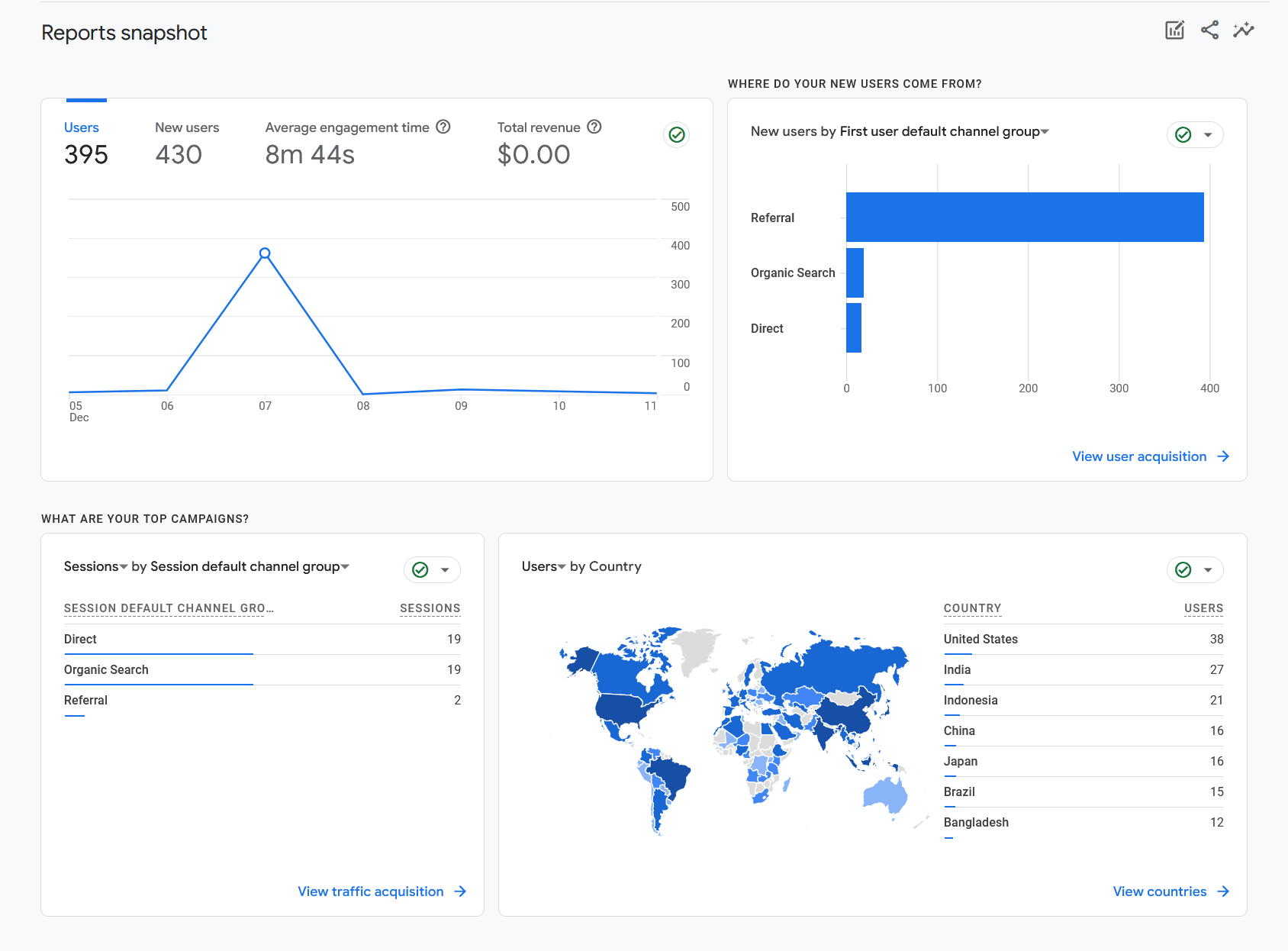
When it comes to monitoring your store’s performance in terms of its visitors and how they interact with it, Google Analytics is the most used option.
However, there are good alternatives to Google Analytics that many online store owners prefer for their simplicity, focus on privacy, and eCommerce support.
Additional tools, such as Pixel Manager for WooCommerce and PixelYourSite, enable you to track visitors across multiple channels to better understand how customers are finding your store and how your various marketing channels are performing.
How to Improve eCommerce Conversion Rates
You should always be working to improve conversion rates at your eCommerce store.
However, if your sales conversion rate is lower than average, you should make improving your rates a higher priority.
But what’s the average eCommerce conversion rate?
Well, the global average conversion rate in 2023 is 3.68%.
However, this can be broken down by region, industry, or product type.
For example, the Europe, the Middle East, and Africa (EMEA) region has an average conversion rate as high as 4.22%, while for the Asia Pacific (APAC) region, it’s just 1.67%
When it comes to industry variance, the average conversion rate ranges from 0.6% for home furniture to 4.6% for food and beverage.
Other variables that can affect conversion rates include how visitors reach your site, e.g., search engine vs social media, and what device they’re using, such as mobile or desktop.
If the conversion rate at your eCommerce store is lower than the average, don’t worry. Thankfully, there’s plenty you can do to improve it.
We’ve written about how to boost eCommerce conversions and drive sales before, but here are some of the areas you should focus on:
High-Quality Product Pages
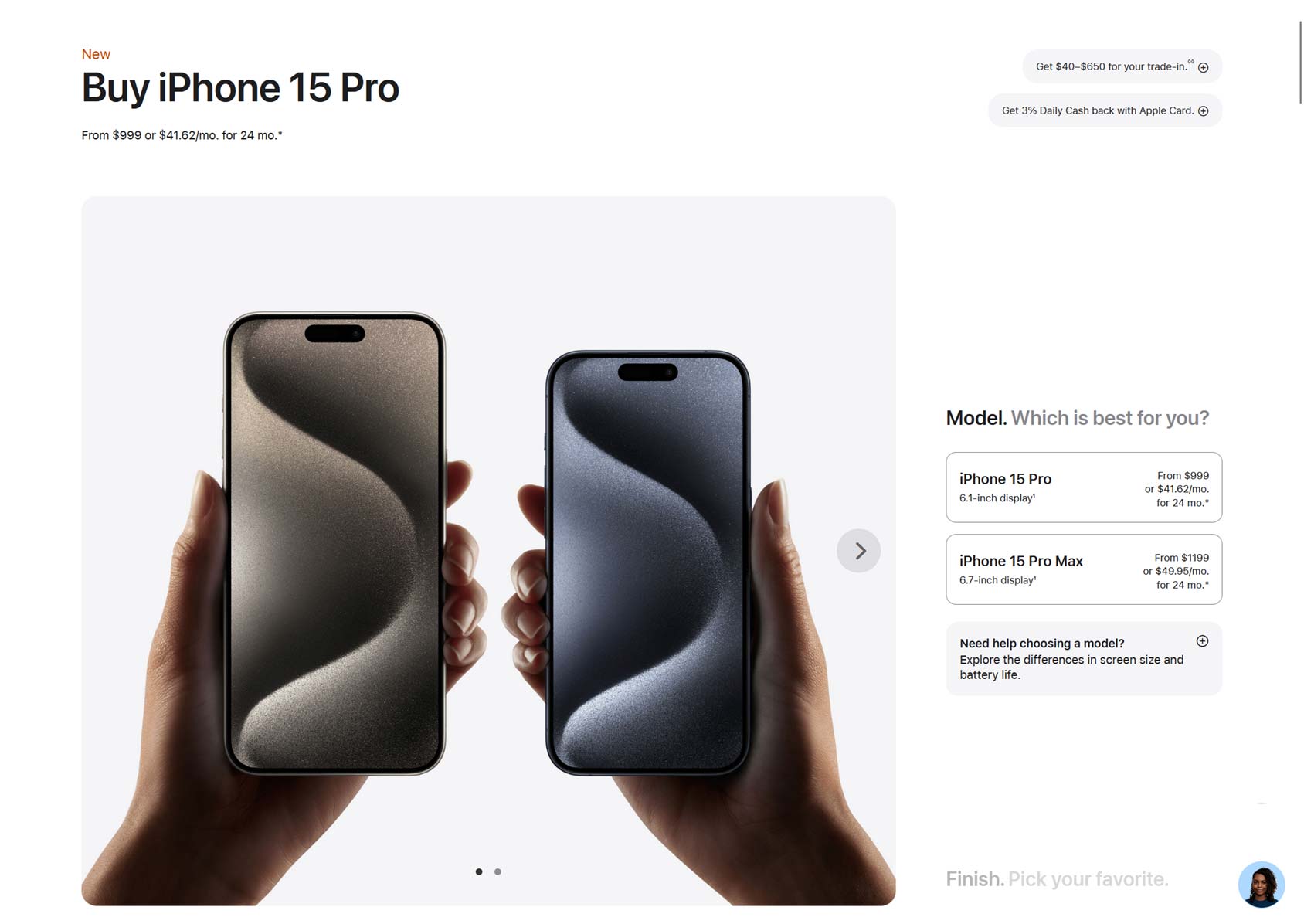
Product pages with appropriate designs are essential for increasing conversions and generating more sales.
Optimizing your product pages is a great place to start when it comes to increasing conversions and sales. As there’s so much that can be done to improve product pages, there’s a good chance there’s room for improvement at your store.
Some things to consider include:
- High-quality product photos — display your products in their best light, showing them in use if appropriate.
- Add product videos — videos have been shown to increase sales, and they’re an excellent way to give visitors a better insight into your products.
- Create detailed product descriptions — use a range of formats, such as bullet lists, paragraphs, and FAQs, to answer every conceivable question your visitors might have. Including sizing guides, assembly instructions, dimensions, and anything else you can think of that’s relevant will make it easy for shoppers to see it’s the right product for them.
- Interactive color swatches — if your products come in multiple colors, let visitors easily view the variations by simply clicking a button.
- Display product reviews — use customer feedback to provide social proof, credibility, and trust. Product reviews also often include relevant information that potential customers will find helpful when making a buying decision.
- Clear call-to-actions — make it easy for customers to add items to their carts.
Our guide to product page best practices covers this topic in much more depth.
Professional Store Design
Don’t just focus on your product page designs, though. Your whole store should have a professional design that’s also suitable for your industry and audience.
As well as having a high-quality design, you should ensure that your store loads quickly, is free of technical issues, such as missing pages or dead links, and is fully secure. Having a design that’s mobile-friendly, if not mobile-first, is no longer an optional extra and is now a necessity.
For inspiration, you can find examples of good eCommerce store design in this collection.
Use Popups
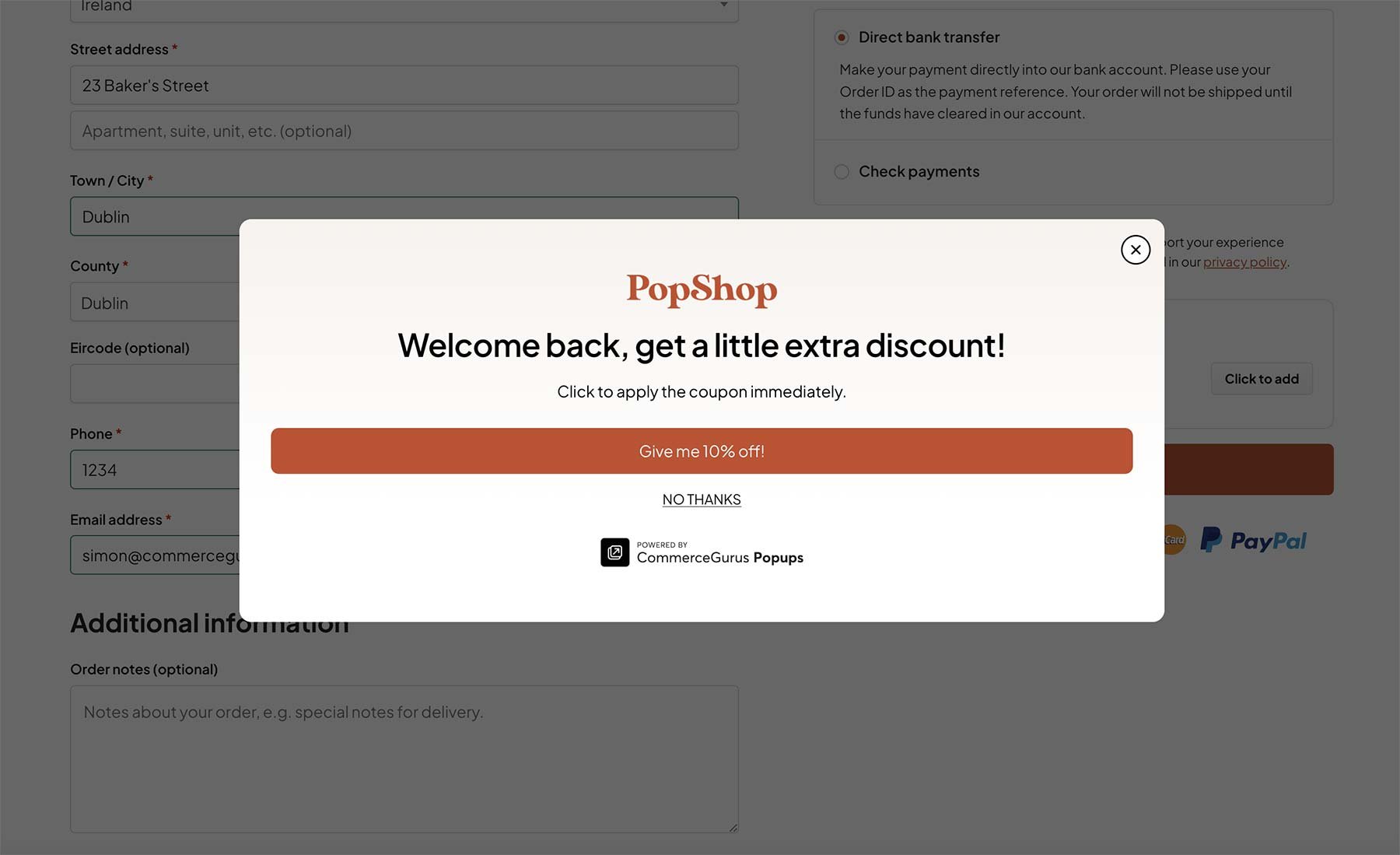
Popups are excellent for growing your email list but are also effective at driving sales and, therefore, conversions.
The best eCommerce popup tools provide you with varied display rules and triggers that let you fine-tune when the popups are displayed.
Some examples include creating popups that are triggered when a shopper has dwelt on the checkout page for a set amount of time and has items in their cart worth over a certain amount. The popup triggered by these conditions will display a discount code that prompts the shopper to complete their order.
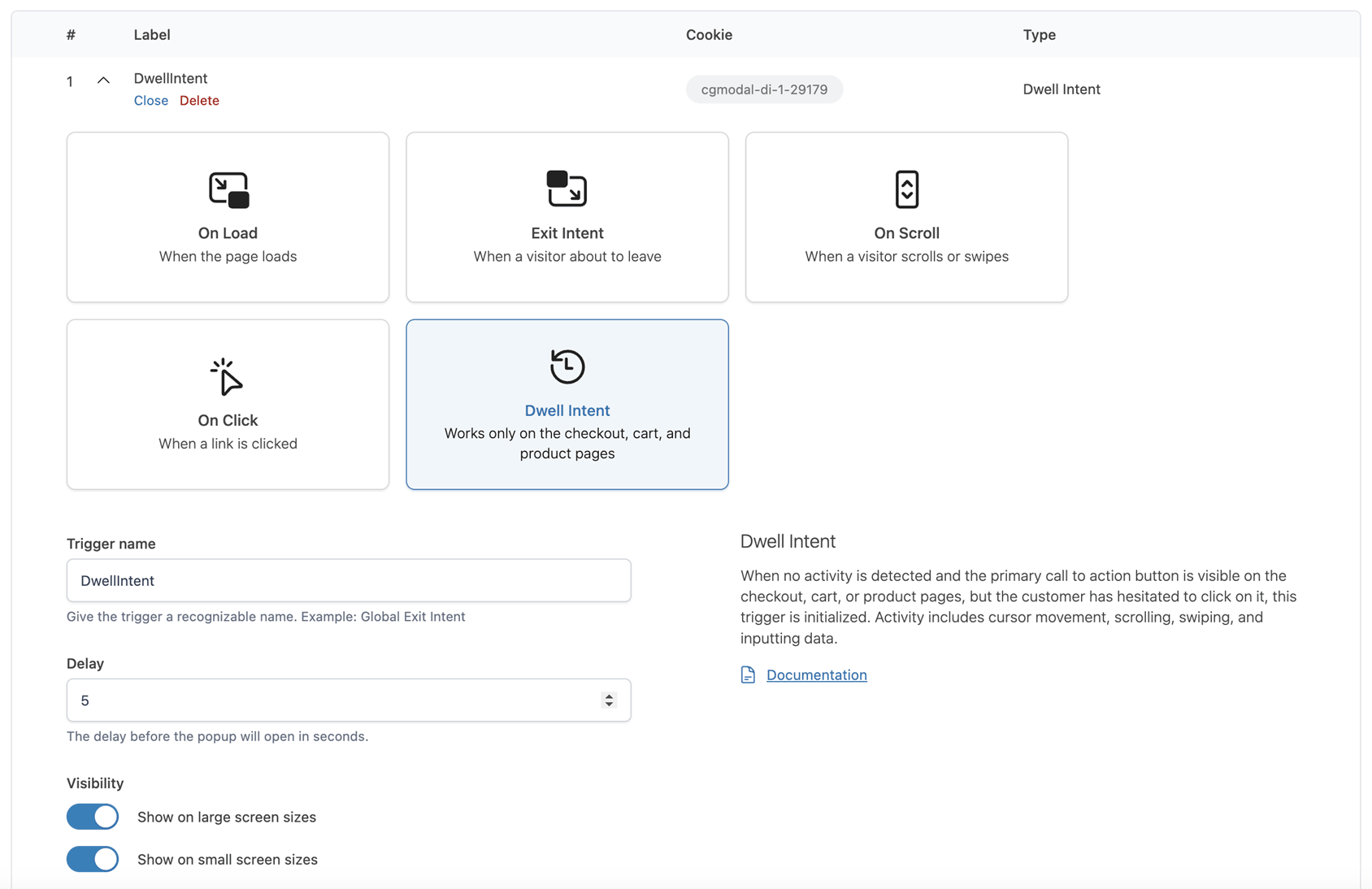
Another option is to use the exit intent trigger to display a popup just as a visitor is leaving your store. You can tempt them to stay and place an order by offering them a discount code or some other incentive.
Our collection of effective eCommerce popups will give you plenty of inspiration for adding this element to your store.
Recommended Product Promotions
Rather than leaving it up to your visitors to find the products they’re looking for, you can help them discover more of your inventory by using cross-selling and up-selling tactics.
This involves displaying more expensive versions of the product they’re looking at (up-selling) or other items that would go well with the product they’re looking at (cross-selling).
Displaying these recommended products in prominent positions, such as in the shopping cart, on the individual product pages, or in a popup, will ensure your visitors don’t miss them.
Publish Size Guides
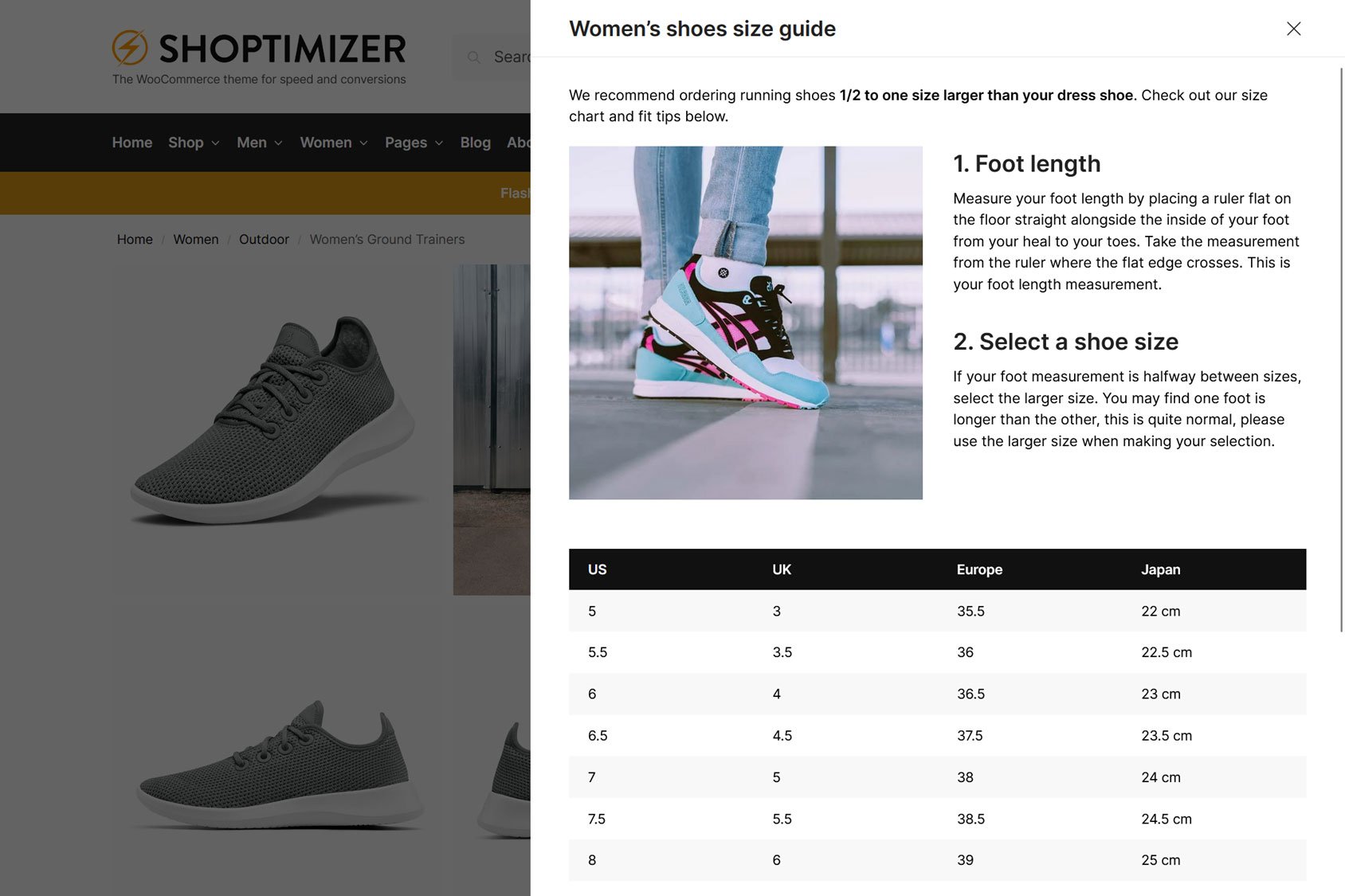
Adding size guides to your product pages is an excellent way to provide shoppers with the key details they need to make an informed purchase.
Failing to do so could result in shoppers leaving your store empty-handed. Alternatively, they might order the same item in multiple sizes and return those that don’t fit.
Either way, you’ll be missing out on sales or having more returns to process.
When creating size guides, it’s best to ensure that they include as much relevant information as possible. This can include detailed sizing information along with instructions on how to take the measurements.
It is highly recommended that you create multiple size guides, each optimized for the different types of products you sell at your store.
To add size charts to your store, you can use our CommerceKit plugin for WordPress and WooCommerce (which comes with our Shoptimizer theme), or our CommerceGurus Size Guides Shopify app.
Both tools make it easy to create responsive, fast-loading, and stylish size guides that can be assigned to your store’s specific products and product categories.
To help your store comply with international accessibility laws such as the Americans with Disabilities Act (ADA) and the European Accessibility Act (EAA), it is important to have a size chart solution which meets Web Content Accessibility Guidelines (WCAG) 2.2 AA standards.
Generate Return Visits
As mentioned earlier, most visitors won’t make a purchase on their first visit to your store. Often, they’ll need multiple touchpoints with your business before they’re ready to buy.
In order to achieve those touchpoints, you’ll need to generate return visits. Return visits aren’t your only option, as other contact, such as emails and social media interactions, contribute.
However, return visits to your store are beneficial as your products are in front of your target audience, and checkout is only a few clicks away.
This is where your email list and social media profiles come into play. You can promote your store and its products directly to your audience through these channels to entice them back to your store.
You can also use other strategies, such as SEO, to ensure your store is featured prominently in the search engine results pages when someone searches for your products. Paid ads can achieve similar results, with remarketing also something to consider.
If you like to know about generating return visits, read our guide to driving visitors back to your store.
Recover Abandoned Carts
Another way to generate return visitors, and perhaps the best type of return visit to achieve, is an abandoned cart recovery.
Typically, this involves emailing visitors who’ve added items to their cart and have left your site without checking out. The best cart recovery services for WooCommerce can automate this process, giving you a good chance of increasing sales.
You can find more about this topic in our guide to sending WooCommerce abandoned cart emails.
Summary
Hopefully, you now have a better insight into the types of conversions that are important for eCommerce stores.
Most people are well aware of sales conversions. However, by understanding the other types of conversions and then improving how well your store performs in those areas, you should be able to generate more sales from your existing audience and make your eCommerce business more profitable.
If you’re looking for more ways to grow your eCommerce business, this guide to the top 15 sales goals for new online stores is a good place to start.

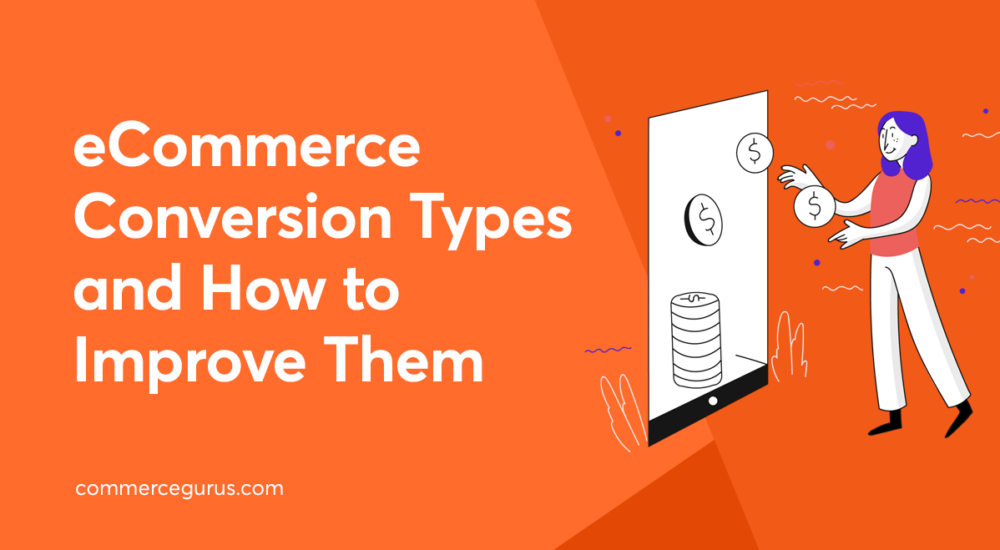
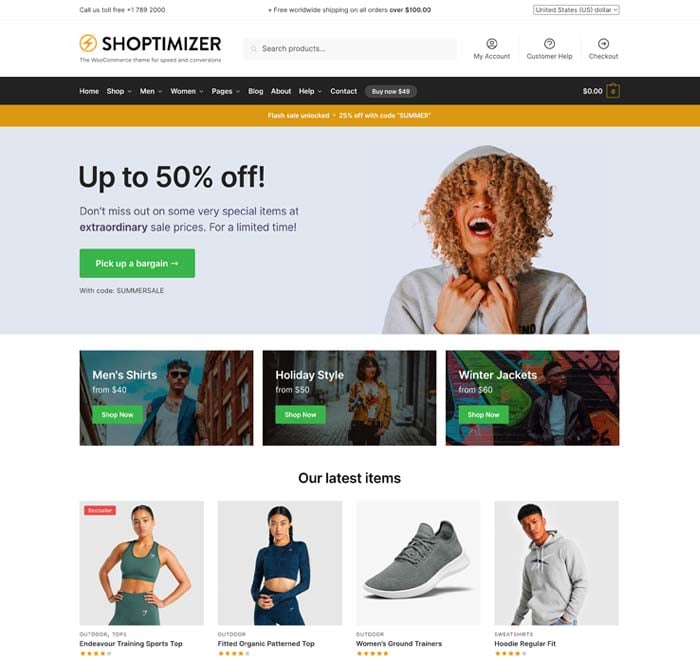
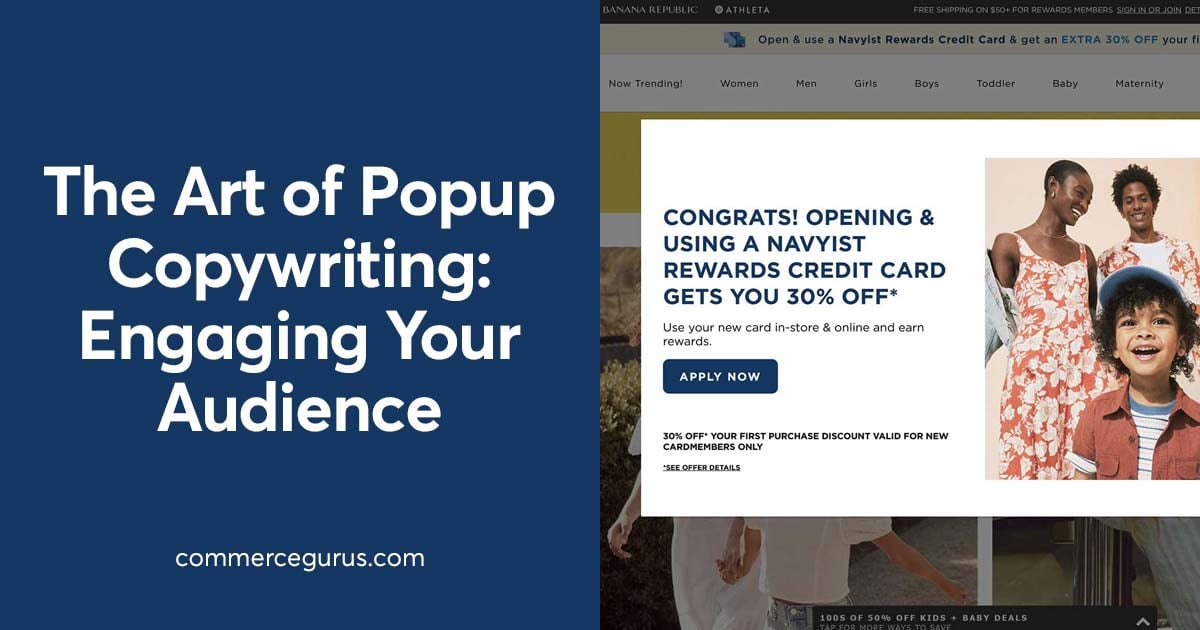
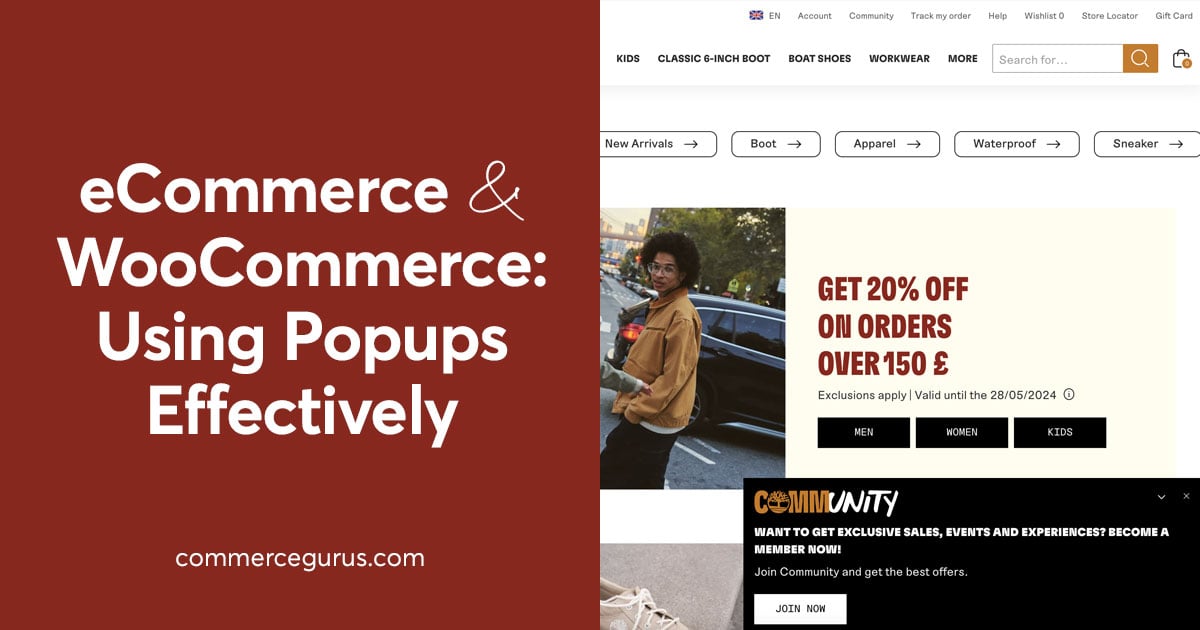
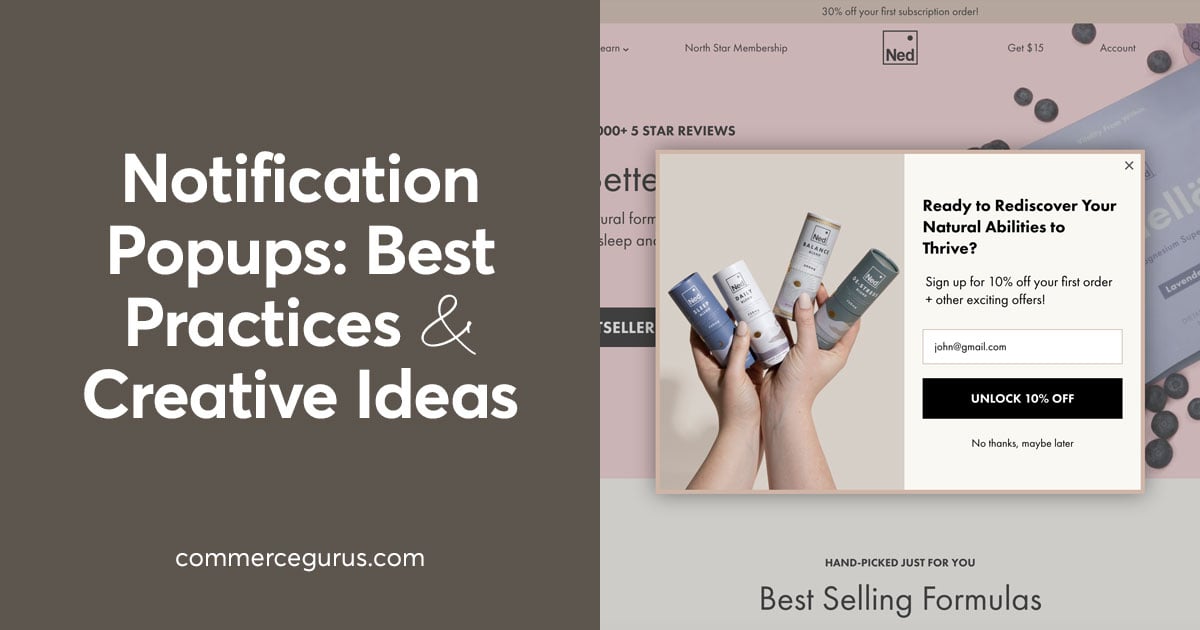
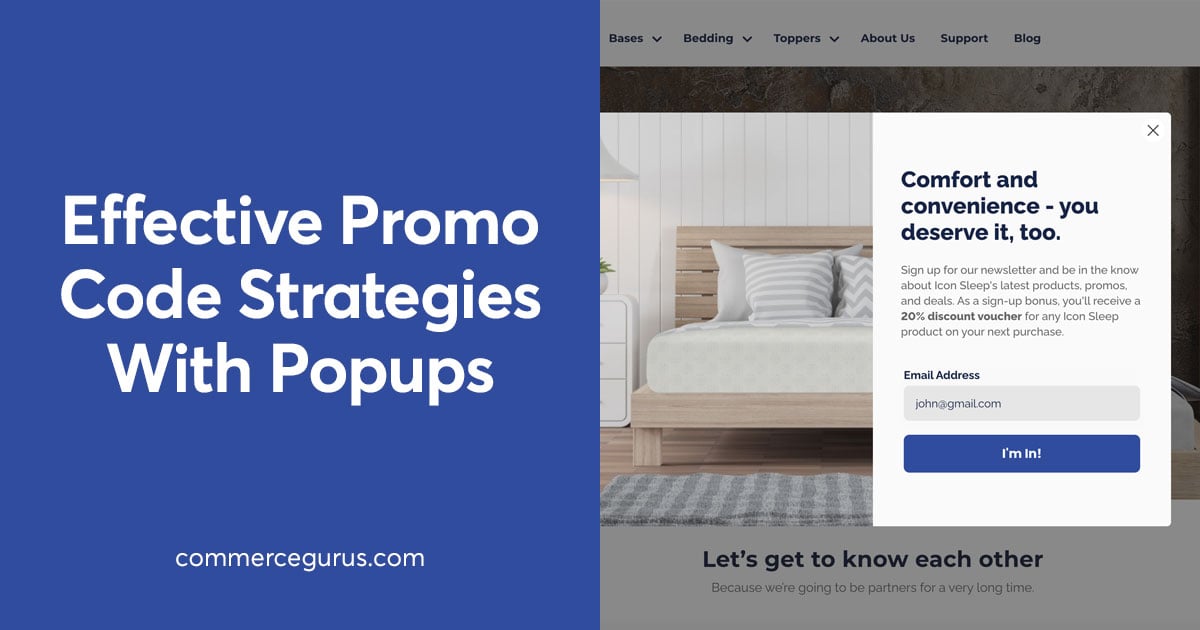
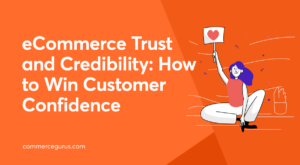 eCommerce Trust and Credibility: How to Win Customer Confidence
eCommerce Trust and Credibility: How to Win Customer Confidence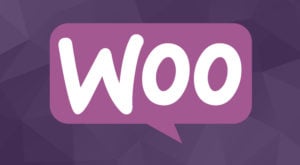 Easily customize your WooCommerce product catalog
Easily customize your WooCommerce product catalog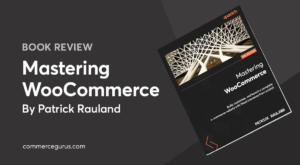 Mastering WooCommerce by Patrick Rauland Book Review
Mastering WooCommerce by Patrick Rauland Book Review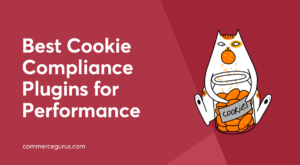 Best Cookie Compliance Plugins for Performance
Best Cookie Compliance Plugins for Performance